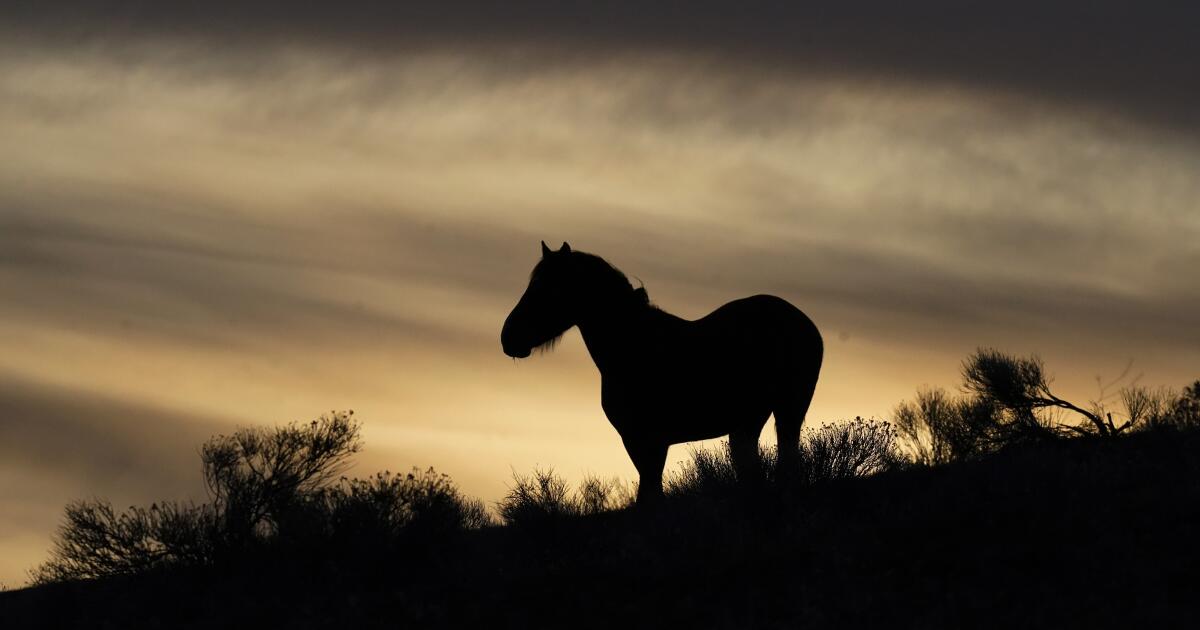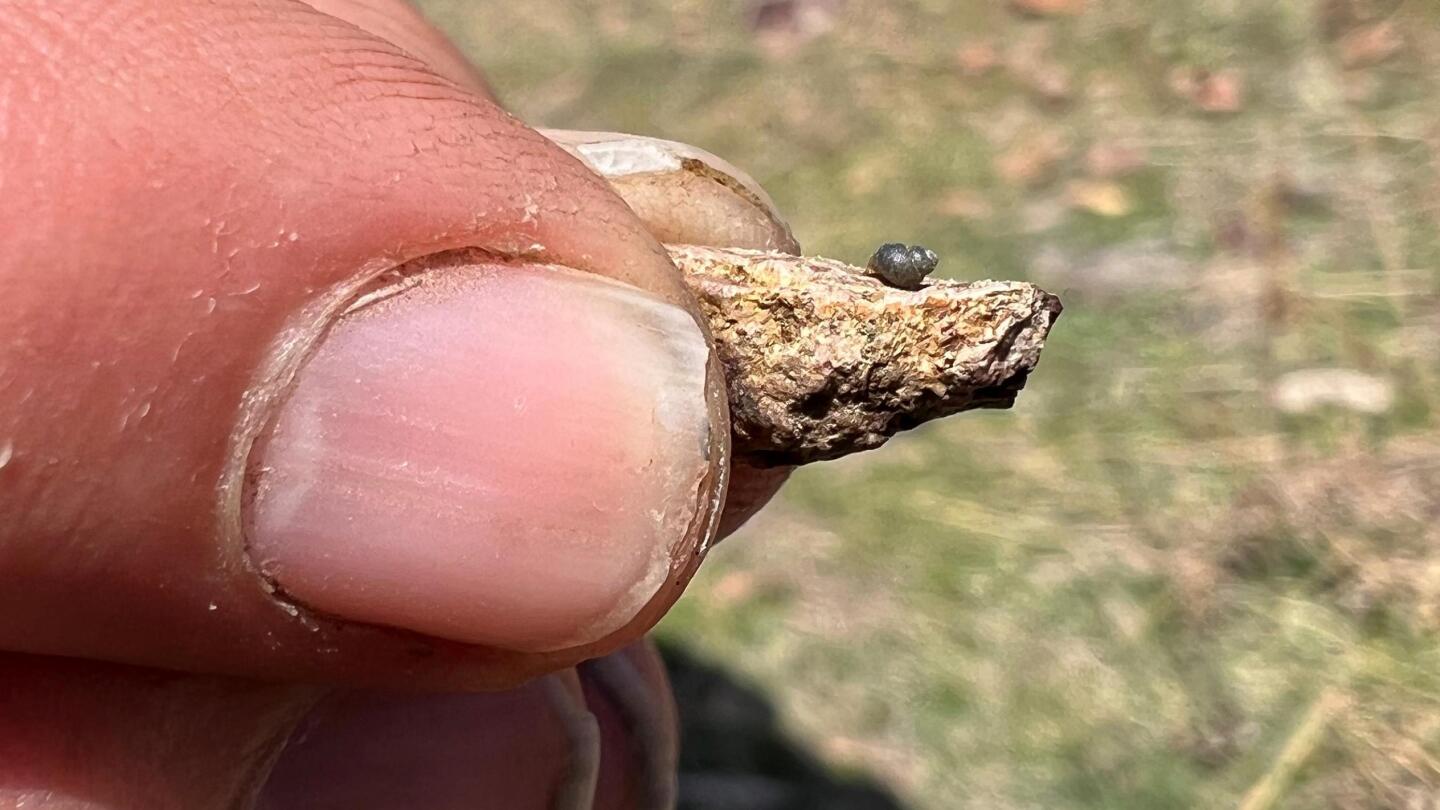
Old documents fuel latest bid to halt Nevada lithium mine
Associated PressRENO, Nev. — Few people had ever heard of Tiehm’s buckwheat when conservationists filed a petition two years ago to list the desert wildflower as an endangered species. “BLM recognized that the habitat of Tiehm’s buckwheat needed to be protected 23 years ago,” said Naomi Fraga, the California Botanic Garden conservation director who filed the original federal listing petition in 2019. “Management under BLM’s default `multiple-use policy’ has utterly failed to adequately protect Tiehm’s buckwheat or its habitat,” the center said in its March 29 petition seeking the designation. Arnold Tiehm’s 1994 report for Nevada’s Natural Heritage Program said 17,000 plants located were limited to five sites, noting all five were “open to mineral entry and exploration which may modify or destroy habitat in the future.” He recommended “BLM remove the sites from multiple-use status, or at least from mineral entry.” James Moreland, now supervisory botanist for Nevada’s Division of Natural Heritage, said in a 1995 report for USFWS that “based on current knowledge meets the definition of a threatened species under the Endangered Species Act.” “Aggressive measures are needed to prevent its extinction, including frequent monitoring, pursuit by BLM of ACEC designation with minerals withdrawals, and. Patrick Donnelly, the center’s Nevada director, found it on the notice’s brief description of 43 locations already nominated, including volcanic lava flows, petroglyphs, ghost towns, Joshua trees and, at Rhyolite Ridge, an “uncommon plant.” “We’d been kicking around the idea of proposing ACEC designation for the Tiehm’s buckwheat habitat for awhile, but finding this ancient evidence of neglect by BLM was all the impetus we needed to move forward,” Donnelly said.
History of this topic
US agency review says Nevada lithium mine can co-exist with endangered flower
Associated PressGreen agendas clash in Nevada as company grows rare plant to help it survive effects of a mine
Associated PressUS advances review of Nevada lithium mine amid concerns over endangered wildflower
Associated PressAs climate warms, US allows moving species threatened with extinction as a last resort
Associated Press
Nevada flower listed as endangered at lithium mine site
Associated Press
Nevada flower listed as endangered at lithium mine site
The Independent
Groups to US: Protect Nevada flower from mine or face court
Associated Press
US backs rare flower habitat amid Nevada lithium mine fight
Associated Press
Endangered status proposed for Nevada flower at lithium mine
The Independent
Endangered status proposed for Nevada flower at lithium mine
Associated Press
US fights new deadline for rare plant protections in Nevada
The Independent
Judge sets deadline for rare Nevada plant-listing decision
The IndependentDiscover Related


































